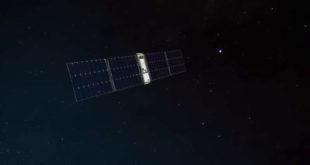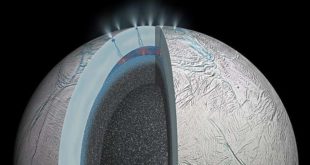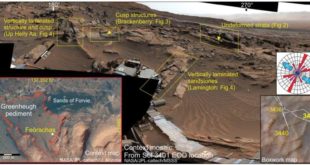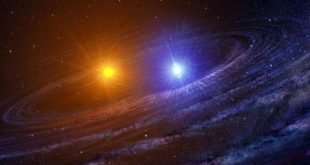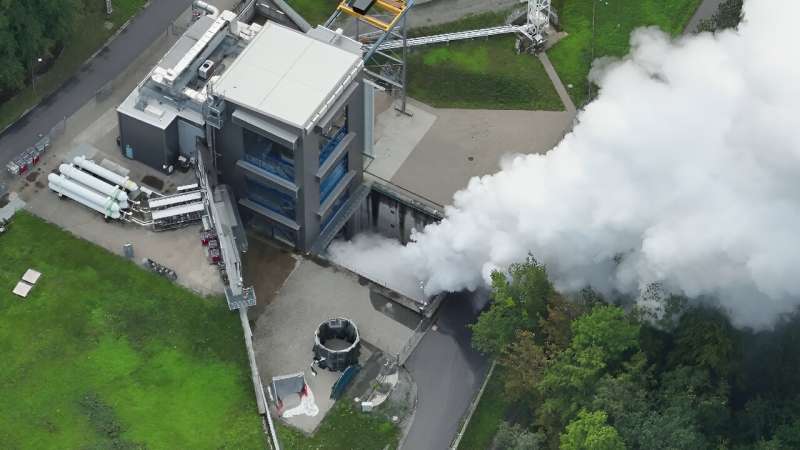
The European Space Agency’s Ariane 6 rocket successfully completed a dress rehearsal on Thursday, test-firing its engine in preparation for a maiden voyage scheduled for 2024.
The final results of the ignition test, which involved firing up the Vulcain 2.1 engine and running it for more than seven minutes, will not be released until November 30, pending a full analysis.
But manufacturer ArianeGroup already called the rehearsal “successfully completed”.
The hot-fire test at Europe’s Spaceport in French Guiana “simulated a complete launch sequence and thus validated the entire flight phase of Ariane 6’s core stage,” it said in a statement after Thursday’s rehearsal.
ArianeGroup CEO Martin Sion praised the team for the “real industrial feat”, but added that “a few additional tests”, notably fault tolerance, were still needed before the rocket was ready for launch.
The rocket’s workhorse predecessor, the Ariane 5, blasted off for the last time in July after 27 years of launches.
With the smaller Vega C grounded following a launch failure in December and Russia withdrawing space cooperation in response to Ukraine sanctions, the ESA has been left without an independent way to space until it can get the Ariane 6 ready.
The launcher market, meanwhile, has been increasingly dominated by billionaire Elon Musk’s US firm SpaceX.
“This test is a key milestone that comes after years of design, planning, preparation, construction and hard work by some of Europe’s very best space engineers,” said Josef Aschbacher, director general of the ESA.
“We are back on track to re-establish Europe’s autonomous access to space.”
© 2023 AFP
Citation:
Europe’s Ariane 6 rocket successfully completes hot-fire test (2023, November 24)
retrieved 24 November 2023
from
This document is subject to copyright. Apart from any fair dealing for the purpose of private study or research, no
part may be reproduced without the written permission. The content is provided for information purposes only.
 Innovation Discoveries Latest Scientific Discoveries in Innovation
Innovation Discoveries Latest Scientific Discoveries in Innovation
